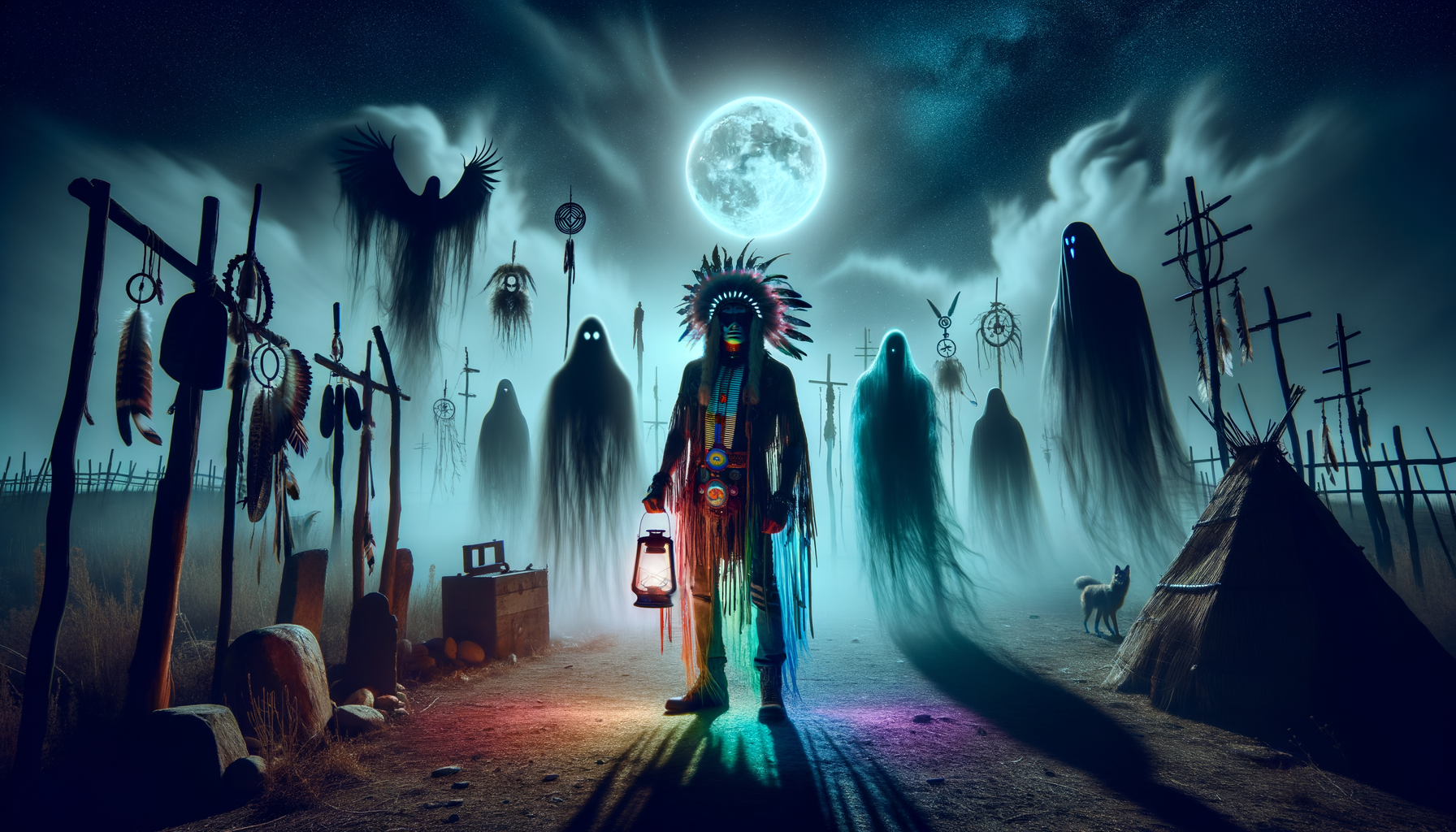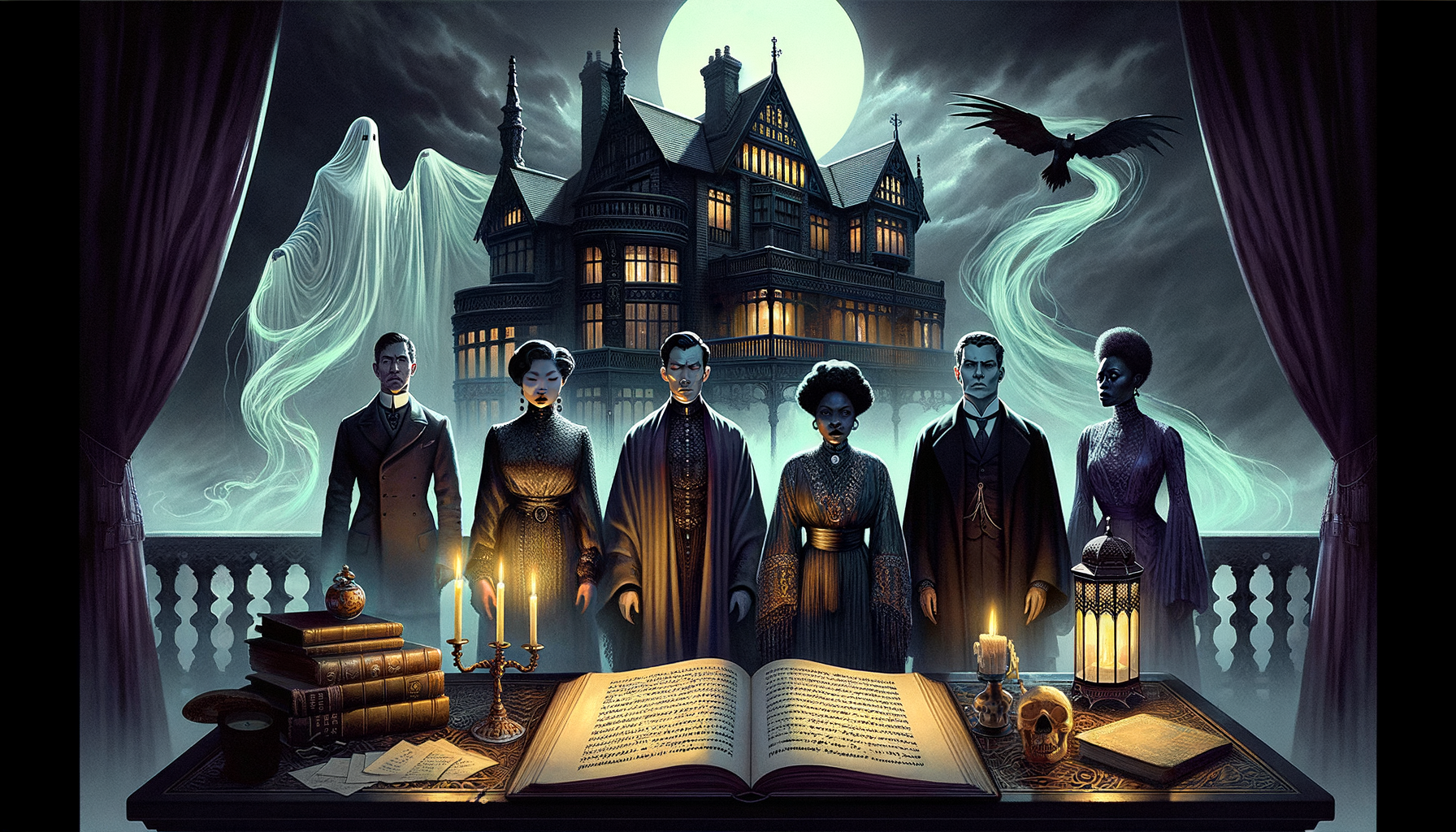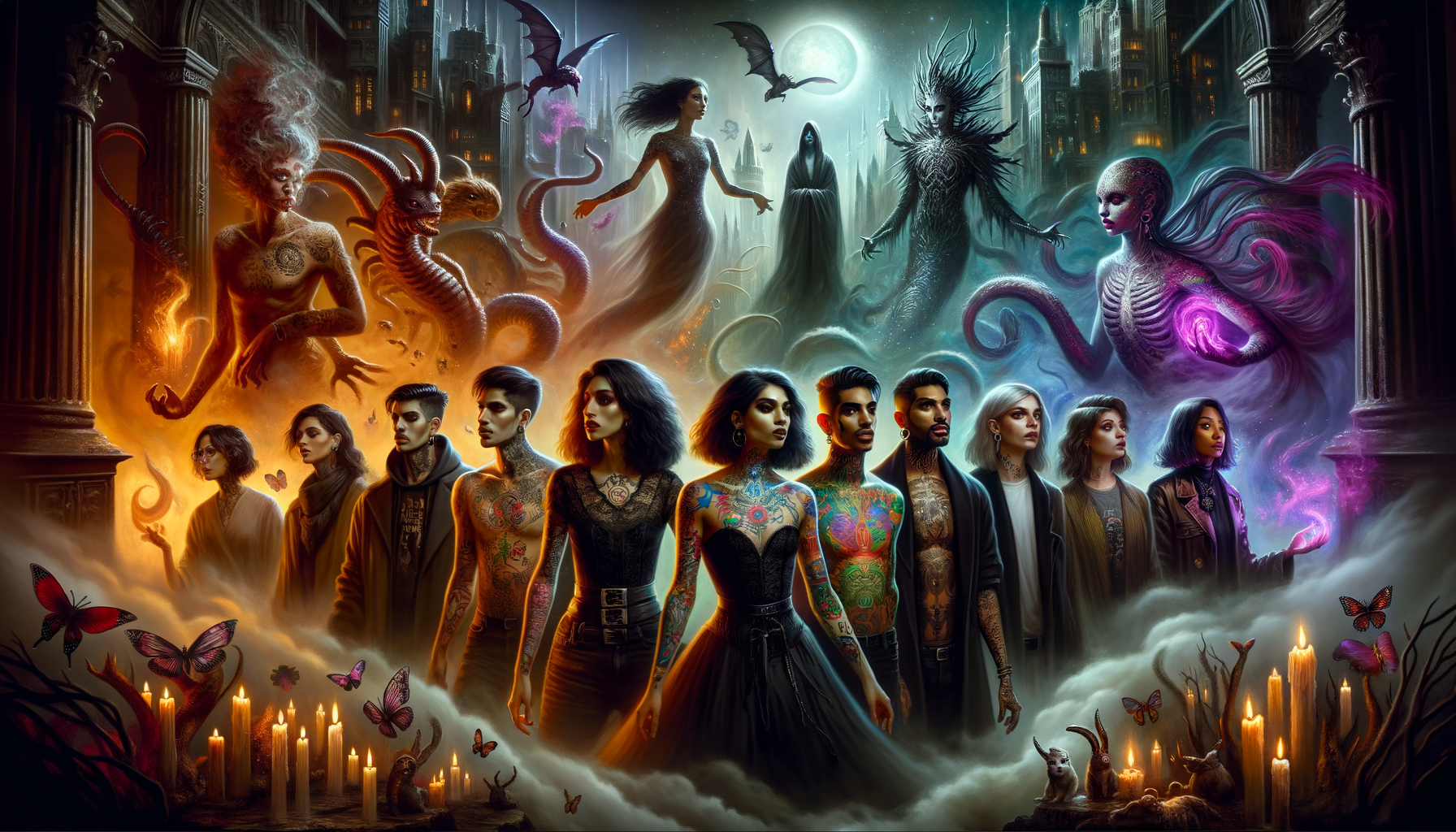Horror has long been a genre that pushes boundaries and explores the depths of human experience. But how does Stephen Graham Jones, an iconic figure in contemporary horror literature, incorporate LGBT influences into his chilling narratives? Whether you’re a horror aficionado or someone curious about the intersection of queerness and terror, this article is for you. As Jones once said, “Horror is about pressure. Pressure makes people reveal themselves.” Let’s see how he uses this pressure to reflect LGBT experiences.
The Rise of LGBT Representation in Horror Fiction
Historical Context
Throughout the decades, LGBT representation in horror fiction has undergone significant changes. In the early years, characters were often coded rather than explicitly identified as LGBT. These characters were frequently shrouded in subtext, with their identities hinted at through stereotypes or ambiguous behavior. This era saw LGBT individuals often portrayed as villains or tragic figures, reflecting societal prejudices of the time.
Over the years, there has been a marked shift from these coded characters to more overt representation. This evolution mirrors broader societal changes and increasing acceptance of diverse sexual orientations and gender identities. Today, LGBT characters are more likely to be depicted as complex, multifaceted individuals rather than one-dimensional tropes.
Modern Trends
In contemporary horror literature, LGBT characters are increasingly prominent and multidimensional. This shift is partly driven by the growing number of diverse authors who bring their unique perspectives to the genre. These writers are not only telling stories that include LGBT characters but are also exploring themes of identity, acceptance, and the horror of societal rejection.
The impact of these diverse voices cannot be understated. They enrich the genre, offering fresh narratives and challenging traditional horror motifs. As a result, modern horror fiction is becoming more inclusive, reflecting the diversity of its readership.
Stephen Graham Jones: A Brief Biography and Literary Impact
Early Life and Influences
Stephen Graham Jones, a prolific author in the horror genre, has a background that significantly influences his writing. Born and raised in Texas, Jones often draws on his Native American heritage and personal experiences in his work. His unique perspective is evident in the themes and characters he creates, blending cultural elements with horror.
Key influences on Jones’ writing include classic horror literature, slasher films, and his own life experiences. These elements combine to form a distinctive style that is both reflective and innovative, pushing the boundaries of traditional horror storytelling.
Notable Works
Jones’ contributions to horror are numerous and impactful. Some of his significant works include “The Only Good Indians,” “Mongrels,” and “Night of the Mannequins.” These books not only showcase his talent for weaving horror with cultural commentary but also highlight his ability to create compelling, relatable characters.
His work has garnered numerous awards and recognition within the literary community. Jones has received accolades such as the Bram Stoker Award and the Shirley Jackson Award, cementing his status as a leading figure in modern horror fiction.
LGBT Themes in Stephen Graham Jones’ Horror Writing
Key LGBT Characters
In Jones’ body of work, several major LGBT characters stand out. These characters are not merely included for diversity’s sake but play crucial roles in the narrative. For instance, in “The Only Good Indians,” the exploration of identity and belonging is enhanced through the inclusion of LGBT characters who face their own unique struggles.
These characters’ significance extends beyond their sexual orientation or gender identity. They are integral to the story, contributing to the plot’s development and adding depth to the narrative. Their experiences often mirror broader societal issues, making their stories both personal and universal.
Thematic Exploration
Recurring LGBT themes in Jones’ writing add layers of complexity to his horror narratives. Themes such as identity, acceptance, and the fear of societal rejection are prevalent. These themes are not only relevant to LGBT individuals but resonate with anyone who has felt marginalized or misunderstood.
By incorporating these themes, Jones adds a rich, emotional depth to his horror stories. The horror elements are not just about external threats but also about internal struggles and societal pressures, making his work both terrifying and thought-provoking.
Breaking Stereotypes and Challenging Norms
Stereotype Subversion
Jones is known for subverting traditional horror stereotypes. Instead of relying on clichéd tropes, he creates characters and scenarios that challenge readers’ expectations. For example, his portrayal of LGBT characters often defies the usual victim or villain roles, presenting them as heroes, survivors, and complex individuals.
This subversion has a significant impact on readers and the broader genre. It encourages a more nuanced understanding of characters and themes, pushing the horror genre toward greater inclusivity and diversity.
Challenging Norms
Jones’ approach to normativity in horror is both bold and insightful. He frequently challenges societal and cultural norms, using horror as a lens to examine issues such as racism, homophobia, and xenophobia. This approach not only makes his work relevant but also prompts readers to reflect on their own beliefs and biases.
By challenging these norms, Jones’ work has far-reaching implications. It fosters a more inclusive and empathetic society while also expanding the boundaries of what horror fiction can address.
Literary Techniques and Narrative Strategies
Narrative Style
Jones employs a unique narrative style that enhances the themes in his work. His use of first-person perspectives, non-linear timelines, and unreliable narrators creates a sense of immersion and tension. This style is particularly effective in exploring the inner lives of his characters, including those who are LGBT.
His narrative techniques not only draw readers into the story but also highlight the complexities of identity and experience. This approach allows for a deeper exploration of LGBT themes, making them integral to the horror elements rather than peripheral.
Symbolism and Metaphor
Symbolism is a powerful tool in Jones’ storytelling. He often uses symbols to represent LGBT experiences, such as the duality of human nature or the concept of otherness. These symbols add layers of meaning to his narratives, making them rich and multifaceted.
Metaphors are also prevalent in Jones’ work. He uses them to convey complex emotions and situations, such as the fear of societal rejection or the struggle for self-acceptance. These metaphors enrich the horror elements, adding psychological depth and emotional resonance to his stories.
Conclusion
Stephen Graham Jones stands out not just for his mastery of horror, but for his thoughtful inclusion of LGBT themes that resonate with a diverse readership. By blending terrifying plots with authentic, multi-dimensional characters, he adds a fresh perspective to the genre. If you haven’t yet explored the horror of Stephen Graham Jones, now is the perfect time! Whether you’re here for the thrills or the representation, Jones’ work is sure to captivate and challenge you.



